
The three Cs of pet medication
We love our pet pals, and we want them to live long and healthy lives. Sometimes, that means that they need medication. While it can be a challenging process for both pets and pet parents, it is necessary.
The three Cs of pet medication will help you get through. Just remember calm, confidence, and a little compassion go a long way when administering medication for a pet pal.
Here are some tips to help you safely get your pet to have the medication they need.
- Educate yourself:Take time to understand the medication required for your pet. Clarify with your vet the dosage, how often to administer medication, and any side effects.
- Hide the evidence:The simplest way to make sure your pet swallows their medication is to hide it in food. Mix pills and liquid medication with canned foods. Hand-feeding your fur kid can also ensure the medication is swallowed.
- Get the technique right:If your vet advises that medication be taken on an empty stomach, you’ll need to practice your technique. In a recent article, Dr Catherine Tiplady suggests: ‘gently open your dog’s mouth by holding one hand above their muzzle. Tilt their nose upwards and place the tablet toward the back of the mouth, then close their mouth and gently rub or blow on their nose.’ You can also purchase pill dispensers to help the process along.
- Remain calm and confident:Pets can sense when their owners are nervous or anxious, which could make them more resistant to taking medication. Make sure your pet is in a safe and comfortable place. Stay calm and confident during the process, and speak to your pet in a soothing, familiar voice to help keep them relaxed.
- Take responsibility:Ensure one person in the household takes responsibility for administering your pet’s medication. This will avoid double-ups and can be monitored.
- Praise your pet:Make sure to reward your pet for good behaviour and praise them for their cooperation. Positive reinforcement will make the process easier next time.
- Be consistent:Follow the instructions provided to you by your vet. Remain consistent in administering the medication at the same time, and in the same manner to help establish a routine for your pet. Consistency can help reduce stress and make the process more manageable.
- Show compassion:You know your pet better than anyone else. Consider how you can engage with your pet to ensure the process isn’t too stressful. Consider how they may be feeling, if they are in pain, or if they simply need a break.
If you’re having trouble administering medication for your pet pal, contact your vet for advice. They may be able to provide additional tips or alternative medications that are easier to administer.
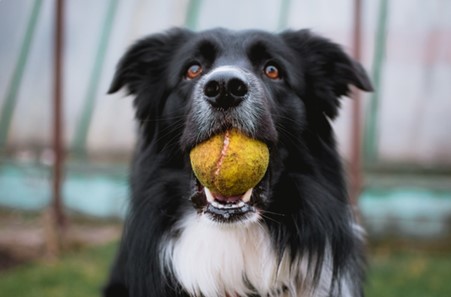
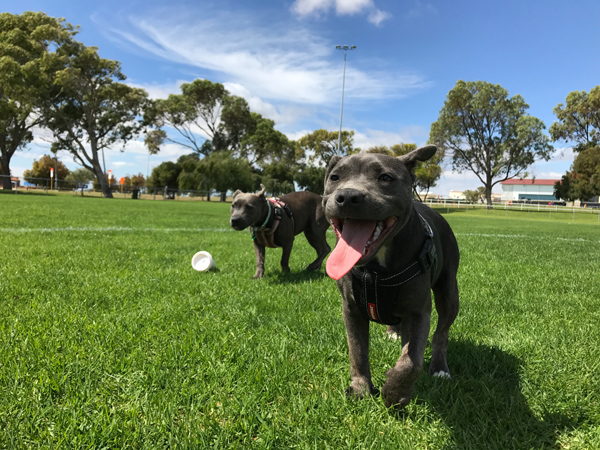 Dedicated dog parks offer safe and stimulating environments for our pets to develop social skills, enjoy physical exercise and spend time with their much-loved human. Many parks across Perth include equipment and spaces that suit dogs of all breeds and sizes.
Dedicated dog parks offer safe and stimulating environments for our pets to develop social skills, enjoy physical exercise and spend time with their much-loved human. Many parks across Perth include equipment and spaces that suit dogs of all breeds and sizes.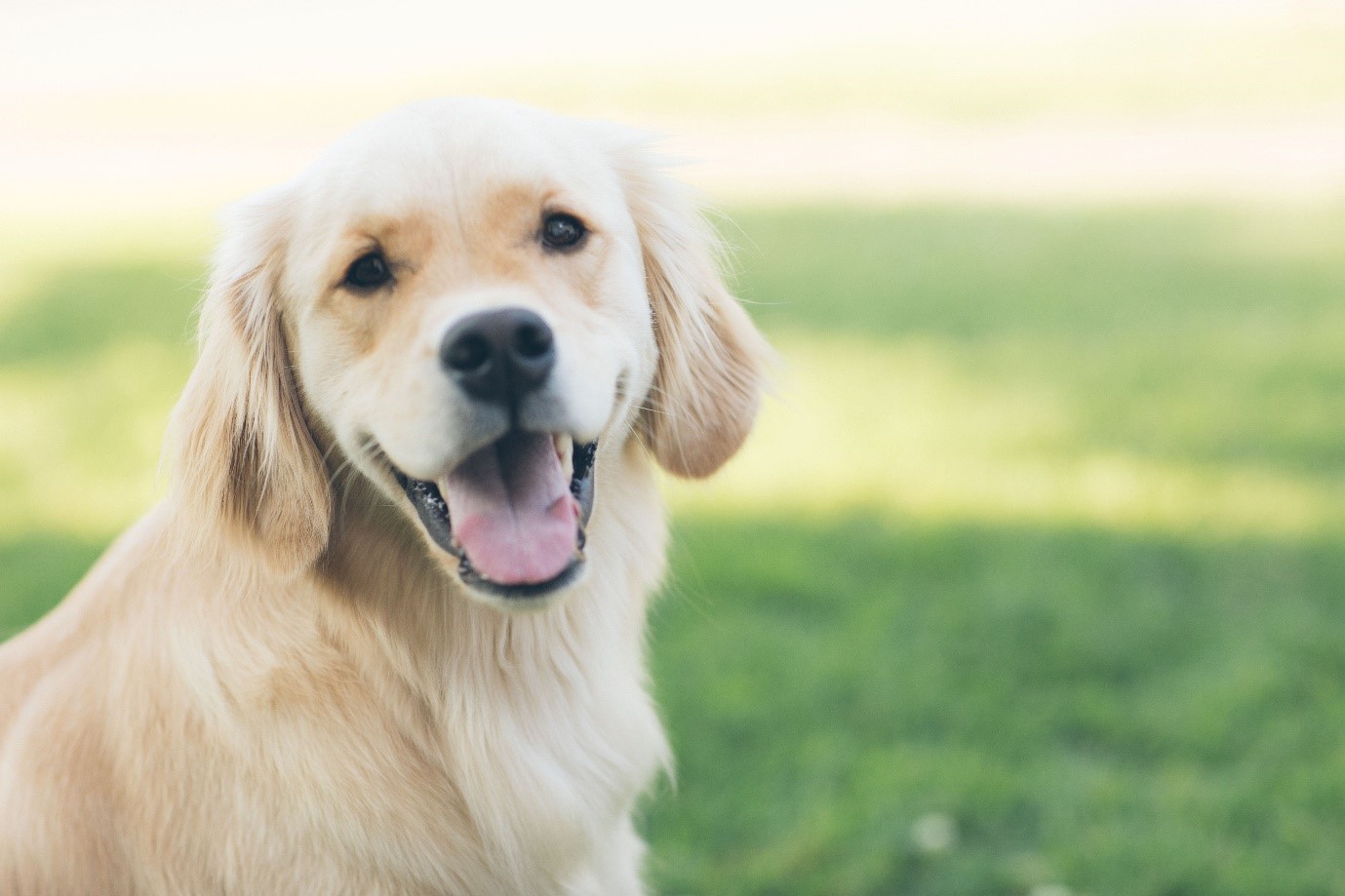
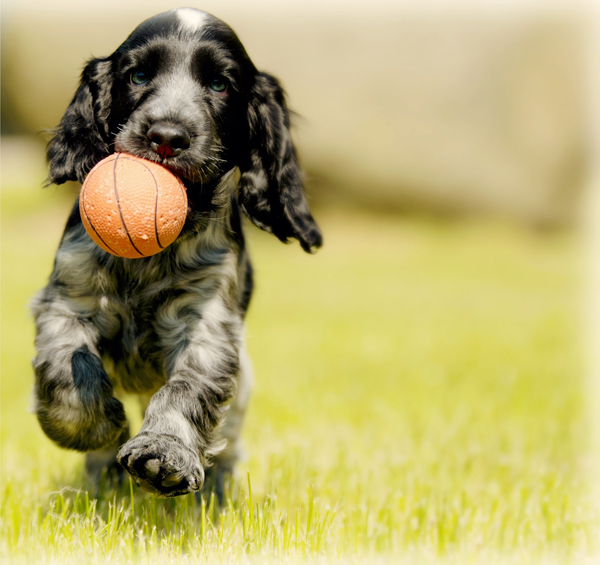
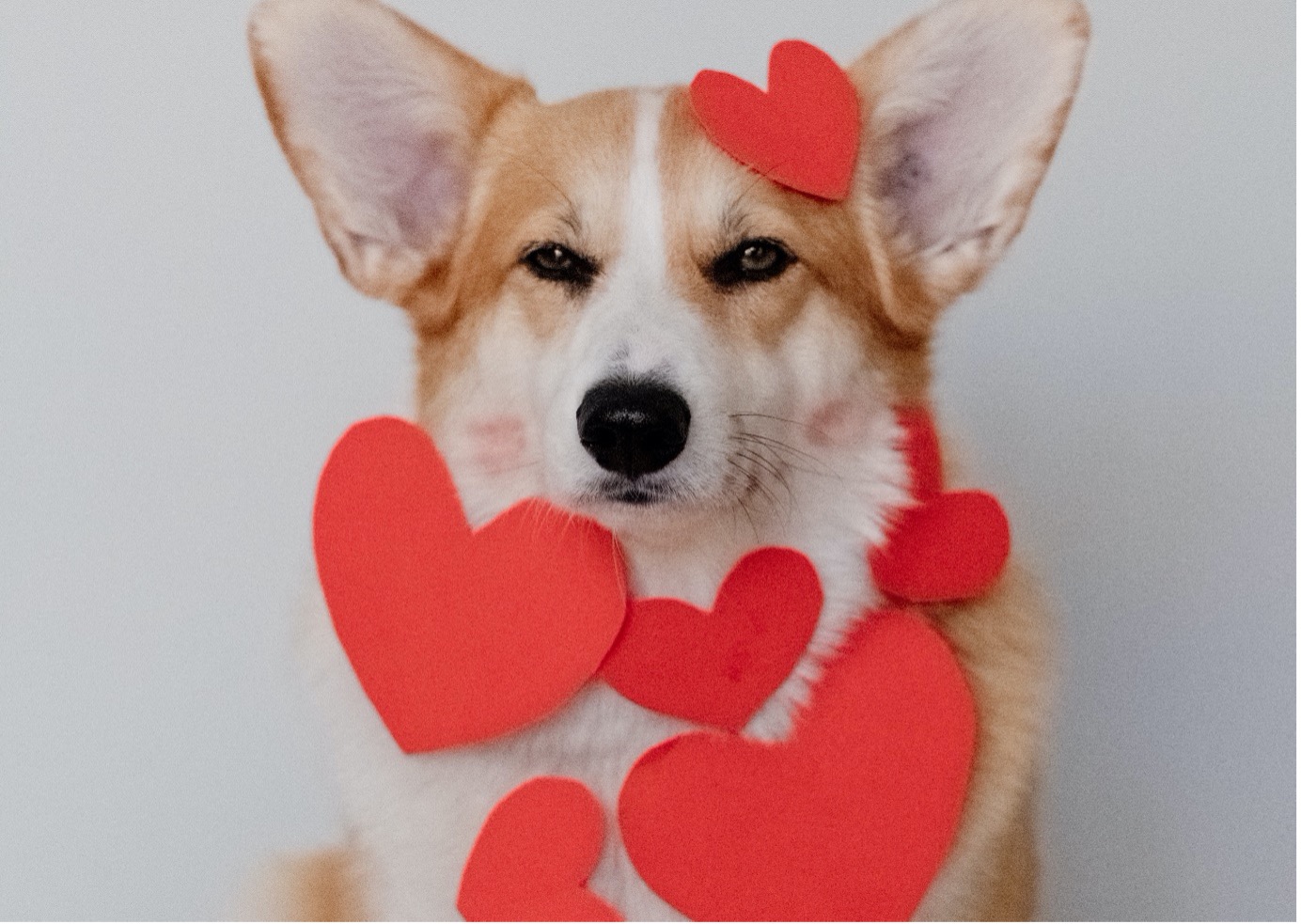 There’s a reason why the saying ‘puppy dog eyes’ brings up feelings of love and adoration. It’s because when we welcome a dog into our family, we can be assured of unconditional, unwavering love and affection every day of the year.
There’s a reason why the saying ‘puppy dog eyes’ brings up feelings of love and adoration. It’s because when we welcome a dog into our family, we can be assured of unconditional, unwavering love and affection every day of the year.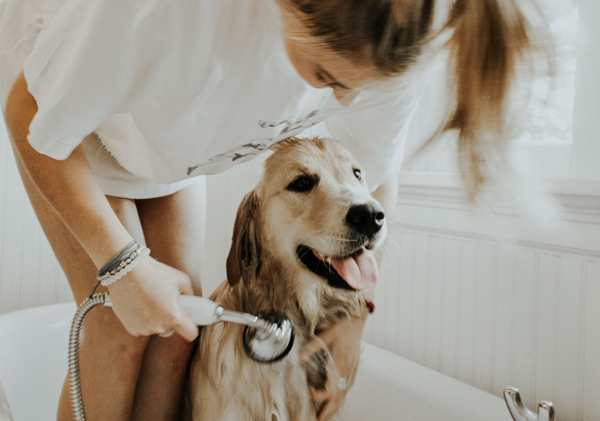
 We’ve turned to
We’ve turned to